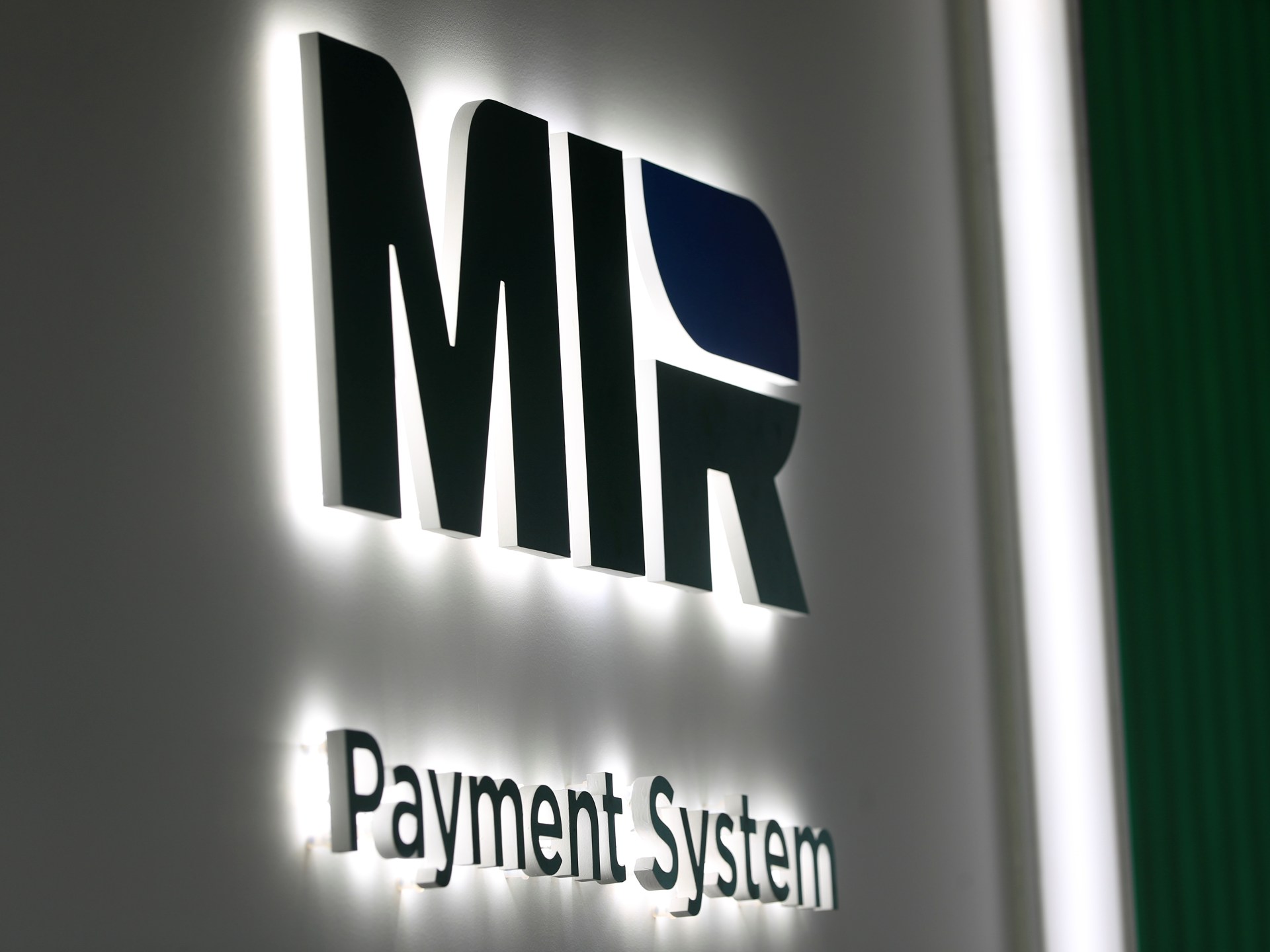Confronting Western sanctions has always been a common concern for Iran and Russia, and the issue of easing the effects of the embargo has occupied a large part of the discussions of the leaders of the two countries over the past years, and Tehran and Moscow have found linking banking systems an effective way to facilitate financial exchanges away from the global financial system "SWIFT".
About a month after the last meeting between Russian President Vladimir Putin and Iranian Supreme Leader Ali Khamenei in the capital, Tehran;
As it culminated at the time by announcing the start of dealing with the Iranian riyal against the Russian ruble in their exchanges, Tehran recently revealed the latest findings of the two sides to develop a joint system for financial messages.
payment system
Meanwhile, Mehdi Safari, Iranian Deputy Foreign Minister for Economic Affairs, revealed the launch of the Russian "Mir" bank cards in the next few days in his country, stressing that Russia and Iran "agreed to establish an analogue of the SWIFT system for mutual settlements between us and several other countries."
On the Russian side, Foreign Minister Sergey Lavrov confirmed after receiving his Iranian counterpart Hossein Amir Abdollahian in Moscow last week that there are substantive negotiations underway at the level of central banks between Russia and Iran, expressing his confidence that the Russian and Iranian “Mir” banking payment systems will be integrated. Iranian "Shatab" in the near future.
Iranian observers are unanimous in that linking the two banking systems, the Russian Mir and the Iranian Shetab, comes to get rid of the dollar in their dealings and face Western sanctions imposed on Tehran and Moscow, noting that the latter has accelerated its efforts to promote its banking system after increasing Western pressure on it due to its ongoing war on Ukraine.
substitute for Swift
A researcher in political economy, Bayman Yazdani, links the growing cooperation between Tehran and Moscow to American pressures, stressing that the Iranian and Russian sides have been searching for some time for a mechanism for financial exchanges outside the framework of financial systems under American hegemony, he said.
Speaking to Al-Jazeera Net, Yazdani accused the United States of using global financial exchange systems as a weapon to confront its opponents and competitors, stressing the ability of the eastern powers to create alternative systems to Swift, Visa and MasterCard.
The Iranian researcher described linking the Russian and Iranian banking systems as an important step to circumvent Western sanctions on the one hand, and liberalize trade and financial relations between Tehran and Moscow on the other hand, stressing that expanding the scope of the experiment to include other countries would constitute an effective competitor to the SWIFT global system.
Yazdani attributed one of the most important reasons for the instability of the hard currency exchange rate and its fluctuation in the exchange markets to the national currency losing its value due to external pressures and the embargo on financial exchanges, stressing that the integration of banking systems between Iran and Russia will reflect positively on the stability of the currency exchange rate in the two countries, and will undermine the ability of the states The United States to control the global financial systems, as he put it.
Biman Yazdani stressed the ability of the eastern powers to create alternative regimes to Swift (Al-Jazeera)
trade exchange
Yazdani considered that the integration of the Iranian and Russian banking payment systems will provide an equal platform for financial exchange between the two countries, adding that the size of the economy and the volume of foreign trade for both Tehran and Moscow will determine who will benefit most from it.
Through statistics published by the Iranian Customs Organization at the end of last July, Al Jazeera Net found that Iran's trade with Russia during the first three months of the current Iranian year (started on March 21 last) amounted to more than $508 million, an increase of 11%. .
The value of Iranian exports to Russia during the past three months also witnessed a decline of 15% compared to the same period last year, while Iranian imports from Russia increased by 22% compared to the same period last year.
Missed step
For his part, economic researcher Karim Asadi considered the "Mir" bank payment system, the Russian version of the international Visa and MasterCard cards, stressing that the installation of the Russian payment system in Tehran will make it easier for businessmen and tourists to exchange money and pay in riyals and rubles.
And "the process of merging the two banking payment systems between Iran and Russia is incomplete and has been delayed by about 3 years," according to Asadi, who explained in his interview with Al Jazeera Net, that this step was to be launched before the World Cup in Russia 2018, when thousands of Iranians traveled to the northern neighbor to watch the World Cup matches. for football.
Asadi referred to Moscow and Tehran's agreement to delete the dollar currency from their trade exchanges and deal in the Iranian riyal against the Russian ruble, stressing the need to transform the Russian bilateral agreements with other countries to install the Mir system into a multilateral financial system to dispense with the global SWIFT system.

